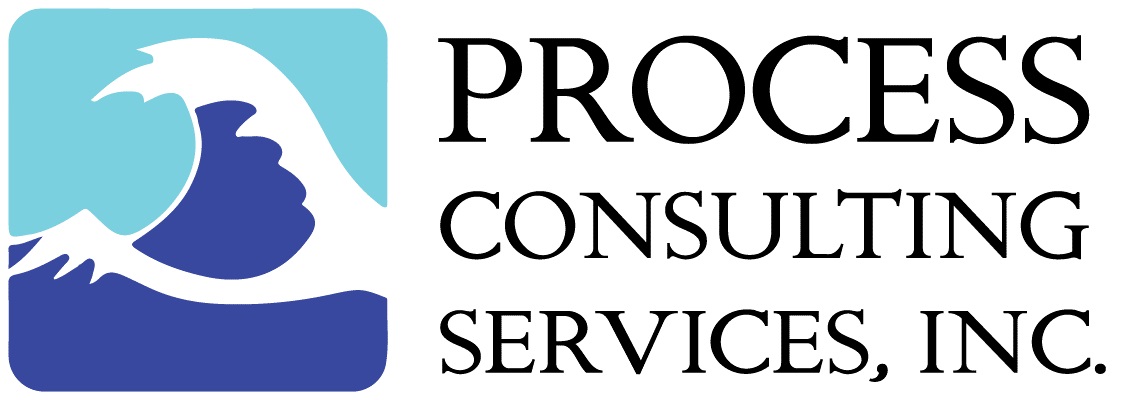Keeping Down the Cost of Revamp Investment
SUMMARY
A comparison of the standard versus practical approach to the revamping of a crude unit. In this article the focus is on optimising the use of existing equipment, changing the process flow scheme to minimise flash zone pressure and thereby maximising the yield.
TEXT
Revamping integrated atmospheric crude-vacuum units requires an evaluation of the overall unit operation. Increasing charge and improving distillate yield involves a thorough understanding of the existing equipment constraints. To achieve the objectives with a minimum cost solution requires maximising use of existing equipment. New equipment requires capital funds that are scarce in the modern competitive refining industry. Projects must have quick returns and low sensitivity to factors that could compromise economic incentives.
Inaccurate evaluation of unit limits wastes capital (fixing non-problems) and reduces unit reliability (real problems not fixed). The integrated conceptual revamp approach can easily be the difference between an expensive and unjustifiable project and one with excellent return on investment.
The revamp of a 58,000 bpd (384 M3/hr) crude unit is examined to illustrate how minimum cost solutions can be applied to a crude unit by modifying the process flow scheme and applying changes to best utilise the existing equipment. The objective of the revamp was to increase crude capacity by 20 percent while achieving unit reliability objectives and maintaining or improving product yields (measured as a percentage of crude) and quality...

